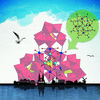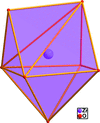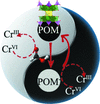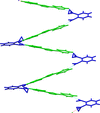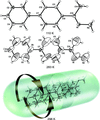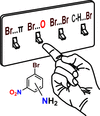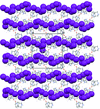issue contents
November 2018 issue
Special issue on Polyoxometalates
Guest Editors: José Ramón Galán-Mascarós (Institute of Chemical Research of Catalonia (ICIQ), Spain) and Ulrich Kortz (Jacobs University, Germany)

Cover illustration: The development of polyoxometalate (POM) chemistry during the last half-century or so has benefitted tremendously from single-crystal X-ray diffraction. Besides structural aspects, the study of the physicochemical properties of POMs has developed tremendously in recent decades. The multitude of attractive properties includes controllable size, composition, charge density, redox potential, acid strength, high thermal stability in the solid state, solubility in polar/nonpolar solvents and reversible electron/proton storage. Such versatility renders POMs of interest for academic and industrial applications, especially in catalysis. The contributions to this special issue on POMs provide an excellent overview of the current state of the subject, as well as providing updates to current reseach. (The cover art was prepared by Dr Rami Al-Oweini.)
editorial

polyoxometalates






 access
access

























 access
access



research papers


























 access
access














 journal menu
journal menu








